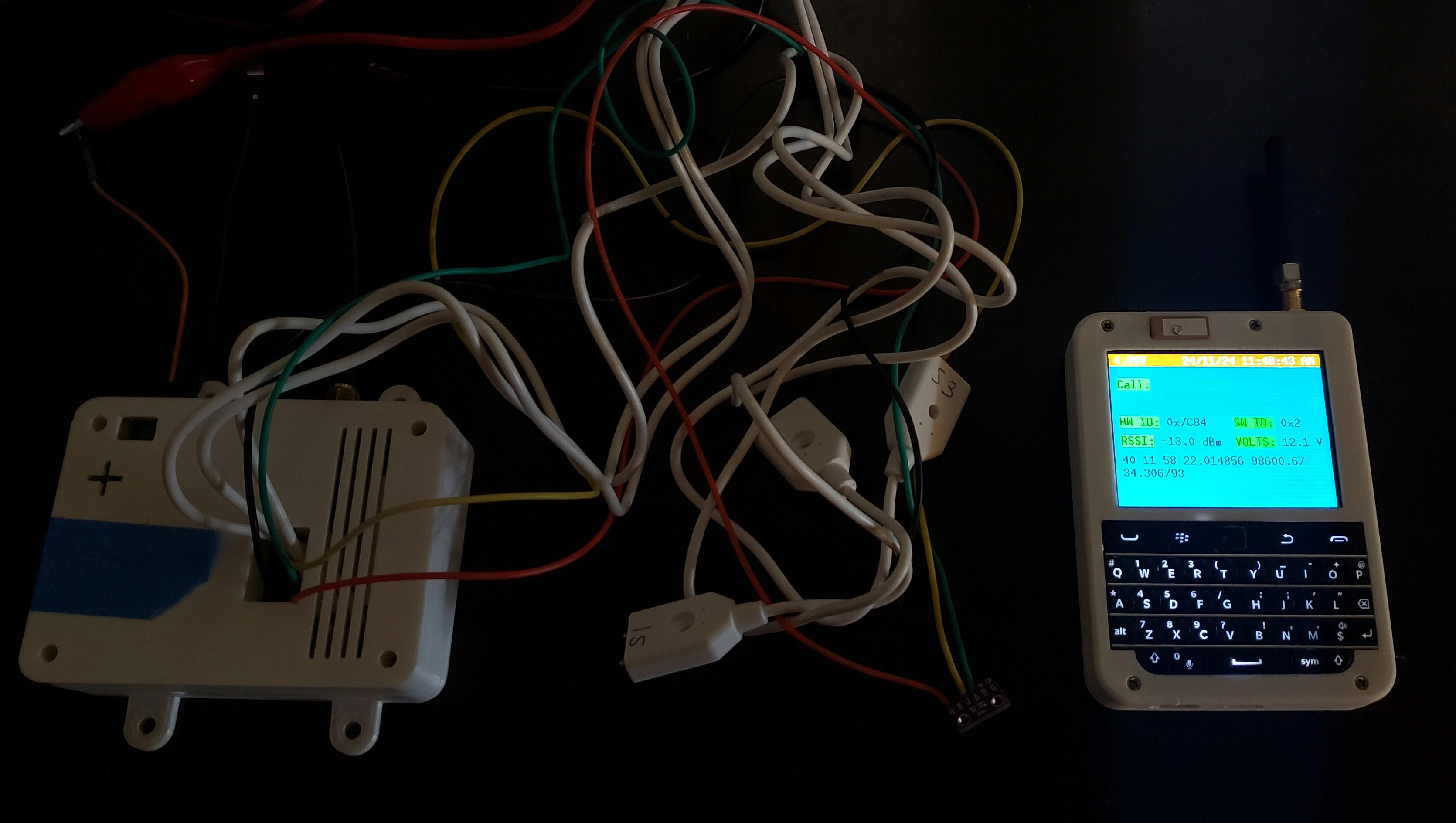
Deep within the ice sheet of Greenland lies a US military secret that hasn't been seen since the 1960s, but a NASA flyover earlier this year has provided an unprecedented look at the buried Cold War relic. Camp Century, constructed in 1959 by the US Army Corps of Engineers, was built directly into the ice sheet of Greenland, giving it an interior reminiscent of Echo Base on the frozen world of Hoth in The Empire Strikes Back. At the heart of the facility was the PM-2A portable nuclear reactor, which provided power for the sprawling "city under the ice" that included housing for 200 soldiers, a theater, gym, post exchange, library, and even a chapel.
The planned layout of Camp Century – click to enlarge The camp was ostensibly built as a scientific outpost, and work at the facility did contribute to modern climate models thanks to ice core drilling – but its true purpose was Project Iceworm , the US Army's plan to deploy hundreds of cold-hardened Minuteman nuclear missiles capable of striking the Soviet Union across Greenland's frozen tundra. That never came to fruition, leading to Camp Century's abandonment in 1967, after which the installation was buried under accumulating ice and snow. Camp Century is now believed to be at least 30 meters, or 100 feet, below the surface.

The only real look at Camp Century over the decades has been via ground-penetrating radar that provided, at best, a two-dimensional confirmation that some of the thousands of feet of tunnels, and whatever contents were left behind, are still down there. That all changed in April, NASA reported this week, when the space agency's Earth Observatory unexpectedly picked up an anomaly while doing an ice sheet survey using an aircraft equipped with NASA's Uninhabited Aerial Vehicle Synthetic Aperture Radar ( UAVSAR ). Camp Century, shown as the green blob, in an image captured by Chad Greene during the mapping flight – click to enlarge UAVSAR, which in this case was being operated by scientists onboard a Gulfstream III aircraft, has the advantage of shooting radar signals directly downward and at an angle, meaning it's able to produce maps with more dimensionality than typical ground-penetrating radar that only aims straight down.
"We were looking for the bed of the ice and out pops Camp Century," said NASA JPL cryospheric scientist and project co-lead Alex Gardner. "We didn't know what it was at first." JPL glaciologist and remote sensing specialist Chad Greene noted that the serendipitous image captured by UAVSAR shows individual structures of Camp Century that, when compared to existing layout plans, gives an unprecedented view into the state of the facility after nearly 60 years under the ice.
"Our goal was to calibrate, validate, and understand the capabilities and limitations of UAVSAR for mapping the ice sheet's internal layers and the ice-bed interface," Greene noted. That said, while UAVSAR has granted new insights into the state of Camp Century, the images aren't perfect. NASA noted that, because of the angular nature of part of the capture, a band on the image makes it look like Century is below the ice bed, which is in reality miles below the ice sheet – far deeper than the ruins of the abandoned facility.
The error is due to the angled radar picking up the ice bed further in the distance, NASA explained. Because of the imperfections in the UAVSAR image of Camp Century, the image is "a novel curiosity" rather than a useful bit of scientific data, NASA said. Understanding more about Camp Century's status, its depth under the ice, and the status of the frozen water above it is critical, however, because it contains a lot of nuclear, biological, and chemical waste that the Army wasn't too worried about in the pre-climate change era.
If current climate change trends continue apace, NASA researchers determined in 2011, all the harmful stuff stored under the ice at Camp Century could leach into the surrounding ice well before surface melting begins to show changes. NASA's predicted surface ice loss around Camp Century by 2090 – click to enlarge And there's good reason to worry. There's lots of waste down there.
By NASA's estimate, there are around 53,000 gallons of diesel fuel, 6.3 million gallons of waste water, including sewage from the camp's years in service, as well as an unknown quantity of radioactive waste and PCBs. The Atomic Heritage Foundation estimates the PM-2A reactor may have created more than 47,000 gallons of low-level radioactive waste over its lifetime, and that or more is likely buried beneath the ice too.
Previous 2D radar images of Century show the presence of buried waste material, so scientists know it's there, but without better imaging they can't know if anything has shifted or could begin to leak. A 2011 radar capture of Camp Century showing what NASA scientists believe to be the buried waste at the abandoned facility – click to enlarge NASA estimates that, by 2090, climate change could cause Greenland's ice sheet to destabilize above Camp Century, but that doesn't account for leaching into the ice before surface changes begin. Camp Century was closed in 1967 after Project Iceworm, which sought to build thousands of miles of tunnels to deploy 600 missiles, failed due to a determination that Greenland's ice sheet was too unstable to support long-term subterranean facilities.
All that remains to note the presence of the facility today is a project led by the governments of Greenland and Denmark to keep watch on the site from a small outpost above the camp, which is located 150 miles inland from the US Space Force's Pituffik Space Base, formerly known as Thule Air Base, where construction of Camp Century was managed. "Without detailed knowledge of ice thickness, it is impossible to know how the ice sheets will respond to rapidly warming oceans and atmosphere, greatly limiting our ability to project rates of sea level rise," Gardner said. Environmental damage from Camp Century may be inevitable as the climate continues to change, likely unabated , unless the world's governments take action.
NASA noted that the flight that captured the new images of Camp Century would "enable the next generation of mapping campaigns in Greenland, Antarctica and beyond," though whether additional passes over Camp Century are planned to better map the facility is unknown. ®.














